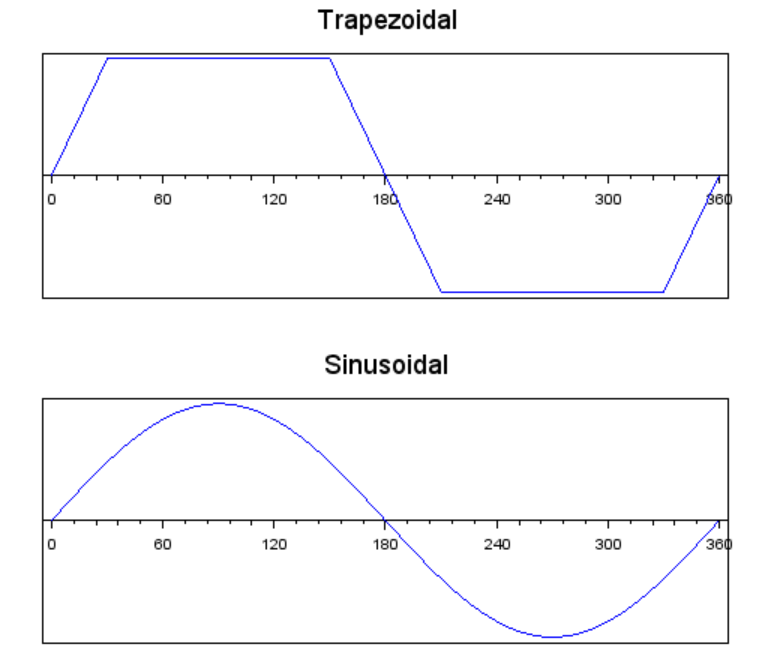BLDC Intro

Brushless DC (BLDC) motors are motors that would not be possible without some smarts. The drives must be electrically commutated or certain voltages must be on certain windings at a certain time. BLDCs are composed of coil windings and permanent magnets. These magnets are mounted on the rotor (part that rotates) and the windings of the stator (part that is stationary). Various numbers of magnets and windings are used. Most popular BLDC motors have 3 phases. This is what my blog will focus on. These 3 windings are connected either in wye or delta configurations. Energizing the windings creates magnetic fields on them. The magnetic fields from the windings will interact with the magnetic field of the magnets. If the windings are energized in a certain pattern, the magnetic fields will move the motor.

Now it’s time to start spinning the motor. The windings must be energized in a specific order to spin the motor. How do we know which phases should be energized? For this, the position of the magnets needs to be known since incorrect winding polarization will not move the motor. The most common ways to detect magnet positions include encoder, hall sensors, and sensorless. Each of these options has advantages and disadvantages.
| Position Detection | Positives | Negatives |
|---|---|---|
| Encoder | Absolute position | Most expensive + most complicated |
| Hall | Angular position | Extra cost + low resolution |
| Sensorless | No extra cost on motor | Needs rotor movement to sense BEMF + calculations required |
The method of energizing the windings to spin the motor is called commutation. There are two popular ways of commutation. These are trapezoidal and sinusoidal. Both methods are known by multiple names. Trapezoidal is also known as 120, square wave, or 6 step. Sinusoidal is also referred as 180 and AC. There are probably more names for them. Email me any other names you are aware of to help us create a more thorough list.

This ends my post. I will be focusing on trapezoidal commutation with hall sensors for the upcoming posts. My next post will have a non-microcontroller based BLDC design. Till next time friends.